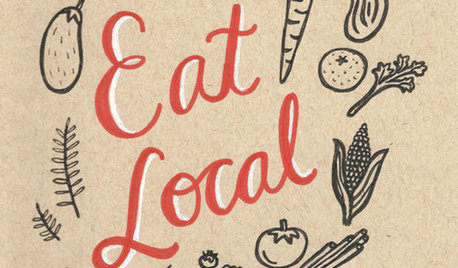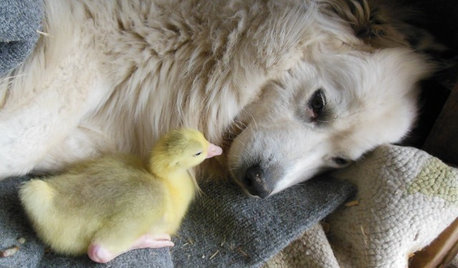CSA farmers
anniew
17 years ago
Related Stories

PRODUCT PICKSGuest Picks: Everything's Coming Up Vegetables
Get psyched for those healthy 5 servings a day with veggie-inspired kitchenware, art and accessories
Full Story
HOUZZ TV FAVORITESHouzz TV: Life, Love and Purpose Down on the Farm
A Missouri native proves that you can go home again — and discover something entirely unexpected
Full Story
ARCHITECTUREStates of Style: Alabama’s Icons Leave Their Mark
In the first of a new series, discover the natural beauty, the architectural icons and some of our favorite homes deep in the heart of Dixie
Full Story





ohiorganic
anniewOriginal Author
Related Professionals
Holly Springs Landscape Architects & Landscape Designers · Addison Landscape Contractors · Beachwood Landscape Contractors · Clark Landscape Contractors · Mission Bend Landscape Contractors · North Haven Landscape Contractors · Post Falls Landscape Contractors · Roswell Landscape Contractors · Tewksbury Landscape Contractors · The Woodlands Landscape Contractors · West Palm Beach Landscape Contractors · Golden Valley Landscape Contractors · Norton Solar Energy Systems · Norwich Solar Energy Systems · Moraga Solar Energy Systemsohiorganic
loodean
wjy520
anniewOriginal Author
PaulaW
anniewOriginal Author
ohiorganic
anniewOriginal Author
paulns
hmeadq
loodean
ohiorganic
Miss_Mudcat
Miss_Mudcat
Miss_Mudcat
Miss_Mudcat
anniewOriginal Author
Miss_Mudcat
PaulaW
tomatobob_va7
Miss_Mudcat
loodean
anniewOriginal Author
PaulaW
loodean
anniewOriginal Author
Miss_Mudcat
Miss_Mudcat
loodean
Miss_Mudcat